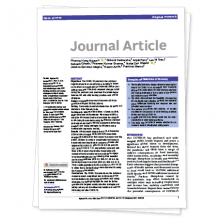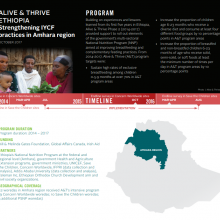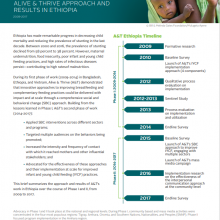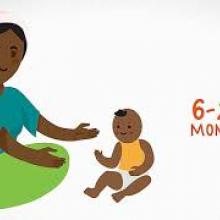Journal article
May 17 2021

Community support model on breastfeeding and complementary feeding practices in remote areas in Vietnam: implementation, cost, and effectiveness (Nguyen, T.T., 2021. International Journal for Equity in Health)
After Alive & Thrive initiated IYCF community support groups in remote villages across nine provinces in Viet Nam, evaluation shows that the group model was effective in reaching remote populations and likely contributed to improved IYCF practices, including higher odds of early initiation of
Journal article
Jul 16 2020

Supply-and demand-side factors influencing utilization of infant and young child feeding counselling services in Viet Nam
Paired with improved counseling skills, demand-generation strategies could increase the population accessing the minimum number of visits to counseling services by 49%, according to this paper that investigated demand-generation strategies and supply-side factors influencing the utilization of fa
Journal article
Feb 25 2020

Different combinations of behavior change interventions and frequencies of interpersonal contacts are associated with infant and young child feeding practices in Bangladesh, Ethiopia, and Viet Nam (Kim, S., 2019. Current Developments in Nutrition)
This article demonstrates that exposure to interventions matters for impact, but the combination of behavior change interventions and number of interpersonal counseling contacts required to support behavior change in infant and young child feeding are context-specific.
Video
May 29 2018
Brief
Oct 15 2017

Strengthening IYCF practices in Amhara region of Ethiopia
This information card highlights data from an A&T project with Concern Worldwide that was implemented in 12 woredas between 2014 and 2016.
Brief
Oct 15 2017

Improving infant and young child feeding practices at scale: Alive & Thrive approach and results in Ethiopia - 2009-2017
Ethiopia has made remarkable progress in decreasing child mortality and reducing the prevalence of stunting in the last decade. Between 2000 and 2016, the prevalence of stunting declined from 58 percent to 38 percent.


